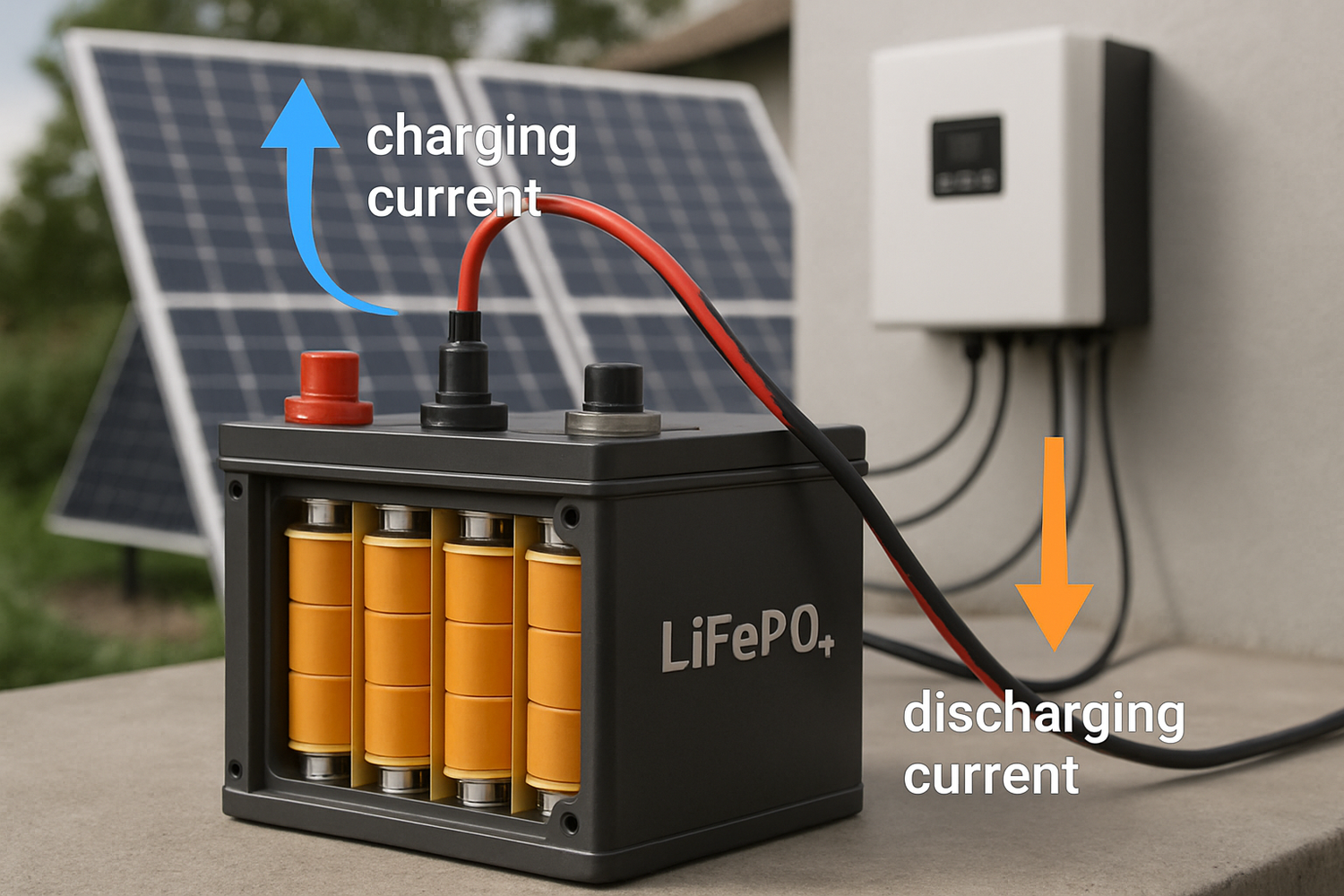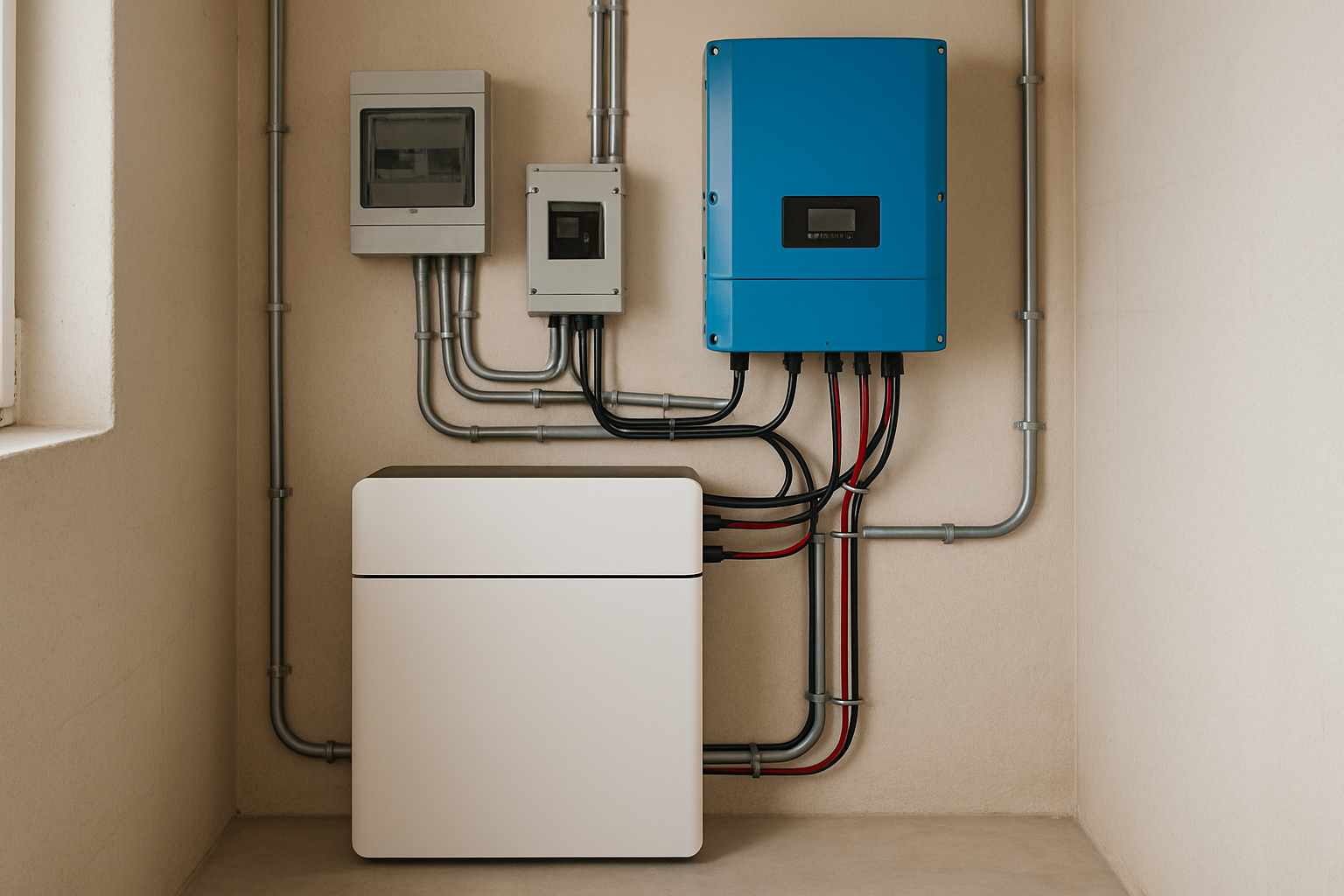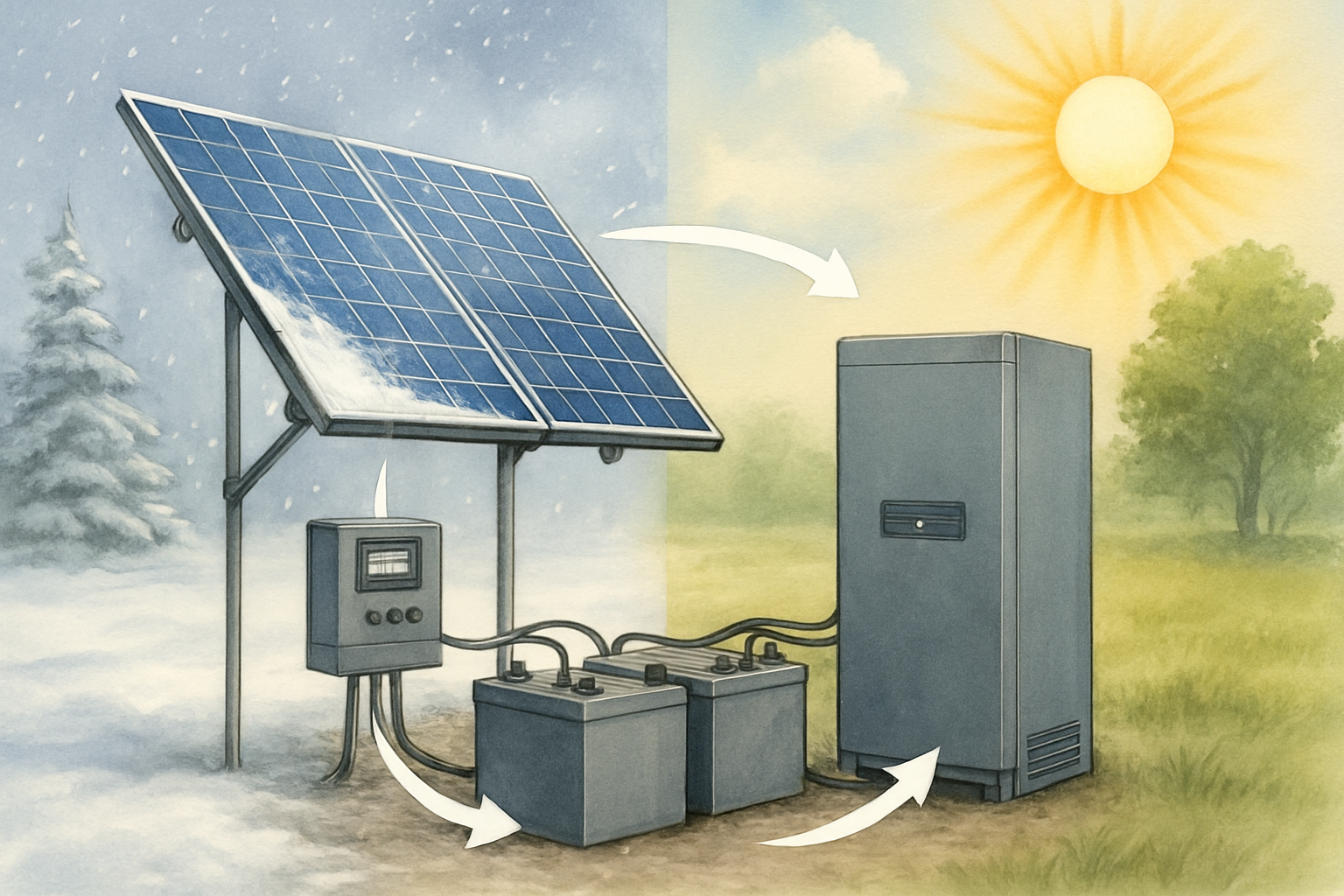Off-grid living offers incredible freedom, but it depends heavily on a reliable power source. At the heart of most off-grid setups are robust batteries. How you charge and discharge these batteries directly influences their longevity and the overall stability of your energy system. This discussion explores the optimal rates to help you achieve lasting energy independence and maximize your battery investment.

Understanding Battery Degradation and Rate Impact
Batteries do not last forever. They degrade over their operational life, primarily through charge and discharge cycles. Each cycle slightly reduces a battery's ability to hold a charge. The number of cycles a battery can endure before it retains only a fraction of its original capacity – typically 70% – marks its End of Life (EoL).
Key Factors Influencing Battery Health
Several critical factors accelerate battery degradation. According to research from Innovation Outlook: Smart charging for electric vehicles, the discharge current, the depth of discharge (DoD), and the operating temperature significantly affect how quickly a battery degrades. High currents generate more internal heat and stress on the battery's chemistry. Similarly, repeatedly draining a battery to a very low state of charge puts considerable strain on its cells.
Optimizing Charge Rates for Longevity
The speed at which you charge your battery, known as the C-rate, plays a crucial role in its long-term health. A 1C rate means a battery charges at a current equal to its full capacity. For example, a 100 Amp-hour (Ah) battery at 1C charges at 100 Amps.
Selecting the Right Charge Current (C-Rate)
Slower charging generally promotes longer battery life. For LiFePO4 batteries, a moderate charge rate, often between 0.2C and 0.5C, offers a good balance between charging speed and preserving battery integrity. Rapid charging, especially above 1C, can cause excessive heat buildup and internal stress, shortening the battery's lifespan. Consider the following general guidelines:
| Charge Rate (C-rate) | Impact on Battery Life | Typical Application |
|---|---|---|
| 0.1C - 0.2C (Slow) | Maximizes lifespan, minimal stress. | Long-term storage, trickle charging, low-demand periods. |
| 0.2C - 0.5C (Moderate) | Good balance of speed and longevity. | Standard daily charging in off-grid systems. |
| 0.5C - 1C (Fast) | Faster energy delivery, increased stress. | High solar input, occasional faster charging (use sparingly). |
| >1C (Very Fast) | Significant stress, reduced lifespan, potential for heat. | Avoid for routine off-grid use. |
The Role of Smart Charging
Modern off-grid systems rely on advanced charge controllers and Battery Management Systems (BMS). These components are essential for managing voltage and current, preventing overcharging, and ensuring the battery charges efficiently. A well-configured system ensures your battery reaches an optimal State of Charge (SOC) without unnecessary stress, contributing to a longer, more reliable service life.
Optimizing Discharge Rates for Extended Life
Just as charging rates matter, so do discharge rates. How quickly and deeply you draw power from your battery directly affects its health.
Managing Depth of Discharge (DoD)
Avoiding deep discharges is vital for battery longevity. Repeatedly draining a battery to a very low SOC significantly shortens its life. LiFePO4 batteries perform best when operating within a moderate SOC window. For instance, maintaining the battery's charge between 20% and 90% can significantly extend its lifespan. This approach limits the stress on battery cells and preserves their capacity over time. While specific to Vehicle-to-Grid (V2G) systems, research from Innovation Outlook: Smart charging for electric vehicles indicates that battery degradation is limited when the battery stays within a state of charge around 60-80%, a principle that applies broadly to battery health.
Controlling Discharge Current
High discharge currents, often from operating multiple large appliances simultaneously, can put considerable stress on batteries and generate excessive heat. Designing your off-grid system to avoid sustained high current draws helps preserve battery health. Implementing load management strategies, such as staggering the use of high-power devices, helps distribute energy demand more evenly. This reduces peak discharge currents and minimizes strain on your battery bank.
Integrating Smart Systems for Optimal Performance
Achieving optimal charge and discharge rates requires more than just careful planning; it demands smart system integration and continuous monitoring.
Inverters and Charge Controllers: Your System's Brain
Hybrid inverters and advanced charge controllers work in concert to manage the intricate flow of energy within your off-grid system. They ensure that batteries charge from solar panels at appropriate, controlled rates and discharge efficiently to power your home. Many of these systems offer programmable charge and discharge parameters, allowing you to fine-tune settings for maximum battery health and system efficiency.
Monitoring and Data-Driven Adjustments
Regularly monitoring key battery performance metrics – such as voltage, current, temperature, and State of Charge (SOC) – is crucial. Analyzing this data helps you identify usage patterns and make informed adjustments to your charge and discharge settings. This proactive approach allows for continuous optimization of battery care. The economic viability of energy storage systems often depends on their operational profile within specific electricity markets, and their response to price signals, which directly affects degradation rates, as highlighted by Renewable Power Generation Costs in 2024. This underscores the value of data-driven management for both longevity and economic return.
Achieving Lasting Energy Independence
Optimizing charge and discharge rates is a cornerstone of effective off-grid battery care. By understanding the impact of C-rates and Depth of Discharge, and by leveraging smart system technology, you can significantly extend the lifespan of your batteries. This proactive management translates into greater reliability, reduced replacement costs, and the sustained energy independence you desire. Focus on moderate rates, avoid extremes, and let intelligent systems assist you in maintaining peak battery health.
Frequently Asked Questions
What is a safe C-rate for charging LiFePO4 batteries off-grid?
Generally, a charge rate between 0.2C and 0.5C is considered safe and beneficial for extending LiFePO4 battery life. For a 100 Ah battery, this means 20-50 Amps. Consult your battery manufacturer's specifications for precise recommendations.
Does discharging a battery quickly damage it?
Yes, sustained high discharge currents can increase internal resistance, generate excessive heat, and accelerate degradation. It is always better to manage your loads to avoid rapid, deep discharges, which put considerable stress on the battery cells.
How does temperature affect charge/discharge rates?
Extreme temperatures, both hot and cold, negatively impact battery performance and lifespan. Charging or discharging at very low or very high temperatures can cause irreversible damage. Many advanced Battery Management Systems (BMS) include temperature compensation to protect the battery.
Can I overcharge an off-grid battery?
While a good Battery Management System (BMS) prevents severe overcharging by cutting off the charge, continuously floating a battery at too high a voltage can still stress it over time. Proper charge controller settings, aligned with battery specifications, are crucial to prevent this.
What is the ideal State of Charge (SOC) window for off-grid batteries?
For LiFePO4 batteries, maintaining an SOC between 20% and 90% significantly extends their lifespan. Avoiding extreme full or empty states reduces stress on the battery cells and preserves their capacity for more cycles.





Leave a comment
All comments are moderated before being published.
This site is protected by hCaptcha and the hCaptcha Privacy Policy and Terms of Service apply.